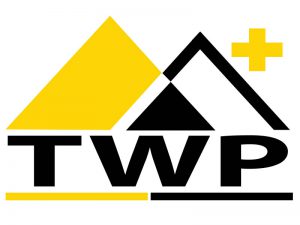Proven Methods for Managing Seasonal Pest Problems During Different Times of the Year
As the seasons shift, the arrival of seasonal pests becomes a familiar challenge for many households. The warmer months often bring a variety of unwanted guests, from ants to mosquitoes, prompting homeowners to seek effective solutions to maintain their living spaces. Knowing how to tackle these nuisances can make a significant difference in ensuring a comfortable environment.
Implementing smart and timely seasonal strategies is crucial to minimize the impact of these critters. With a proactive approach that begins with thorough spring cleaning, individuals can create an inhospitable atmosphere for pests. By removing clutter and ensuring proper sanitation, it’s easier to deter infestations before they begin.
Identifying the types of pests most likely to invade at different times of the year is essential. Understanding their habits and lifecycle allows for the development of tailored responses that can prevent them from becoming a recurring issue. By focusing on prevention and early intervention, homeowners can navigate the challenges posed by these seasonal invaders more effectively.
Understanding Insect Life Cycles for Better Prevention
Grasping the complexities of insect development is vital to minimizing the impact of pests throughout the year. Each type of pest has a unique life cycle, encompassing stages such as egg, larva, pupa, and adult. By identifying these phases, property owners can implement targeted interventions during critical times, particularly before the onset of warmer months, which often triggers an increase in pest activity.
For instance, many common household nuisances go through a dormant phase during colder months. Implementing winter protection measures, such as sealing entry points and managing indoor environments, can significantly deter pests from becoming a problem as the seasons change. Understanding when insects emerge and how they reproduce can lead to timely preemptive actions.
Moreover, adopting seasonal strategies that correspond to the specific life stages of pests can enhance the effectiveness of prevention efforts. Information regarding the most vulnerable periods in pests’ life cycles can help homeowners and businesses prepare accordingly. For more in-depth guidance on addressing pest issues, visit https://pestrangersca.com.
Overall, awareness and education about insect life cycles empower individuals and communities to proactively manage and prevent infestations, making it easier to maintain a pest-free environment with less reliance on reactive measures.
Natural and Chemical Solutions for Managing Insect Populations
When addressing the issue of unwanted critters during specific times of the year, homeowners often seek various solutions. One popular approach is to combine nature-friendly methods with chemical interventions to create a balanced defense plan.
Natural remedies can vary from essential oils to diatomaceous earth, which can be effective in repelling or controlling common nuisances. For instance, peppermint and lavender oils are known for their pest-repellent properties and can help create an unwelcoming environment for these bothersome species. Moreover, introducing beneficial insects, such as ladybugs, can significantly aid in maintaining a balanced ecosystem in your garden.
In addition to eco-friendly alternatives, chemical solutions remain a staple for many in their battle against unwanted seasonal pests. Pesticides, though effective, require careful consideration regarding when and how they are applied. Always following the manufacturer’s guidelines ensures safety for both humans and pets. Pre-treating areas with chemical barriers can safeguard your property before pests emerge, making it a preferred method during the spring cleaning phase.
Winter protection of your property should not be overlooked, as this ensures that entry points are sealed and potential breeding grounds are eliminated. By combining both natural and chemical solutions, individuals can fortify their tactics against unwelcome invaders, restoring peace and comfort in their homes during warmer months.
Implementing Long-Term Control Measures in Your Environment
To achieve lasting results in managing uninvited pests, it is essential to implement comprehensive measures that extend beyond temporary fixes. One vital aspect is thorough spring cleaning to ensure that your living spaces are devoid of clutter and debris that can serve as breeding grounds for unwanted creatures.
Maintaining a tidy environment not only diminishes habitats for these nuisances but also enhances your home’s overall aesthetic appeal. Pay particular attention to commonly neglected areas where dust and residue accumulate, such as under furniture, behind appliances, and within storage spaces.
Another important component in pest management is the provision of winter protection to prevent infestations before they start. This includes sealing cracks, gaps, and entry points in walls, windows, and doors to deter pests from seeking refuge inside your home during colder months.
Incorporating habitat modifications can significantly minimize pest attraction. For example, ensuring proper drainage and eliminating standing water can help control mosquito populations. Regularly trimming vegetation and trees will reduce the likelihood of pests finding a home too close to your dwelling.
A proactive approach also involves creating an integrated plan that combines monitoring, habitat management, and, when necessary, intervention techniques. For instance, while organic repellents and traps serve well in certain scenarios, establishing a routine inspection schedule will enable you to identify potential issues before they escalate.
Through consistent maintenance and vigilance, coupled with the fulfillment of seasonal chores, you can cultivate an environment that naturally resists pest infiltration and promotes a healthier living space year-round.

